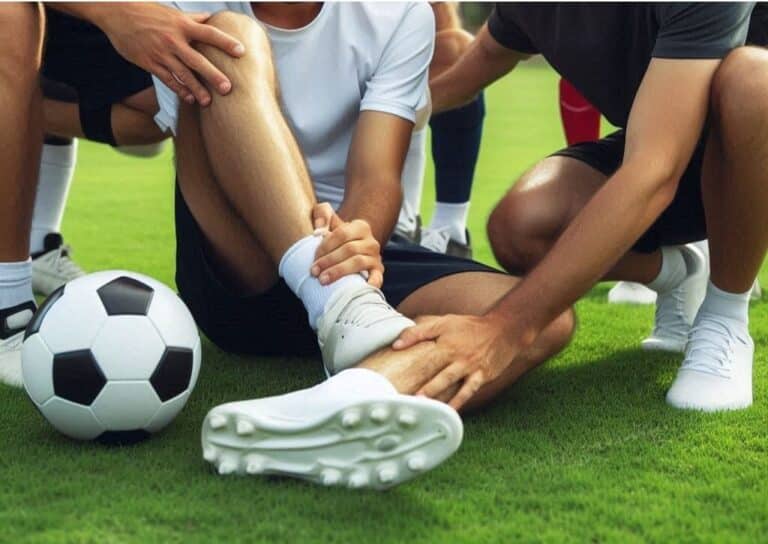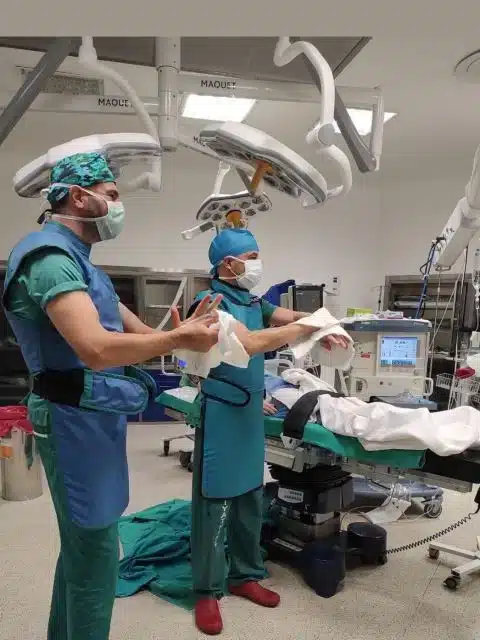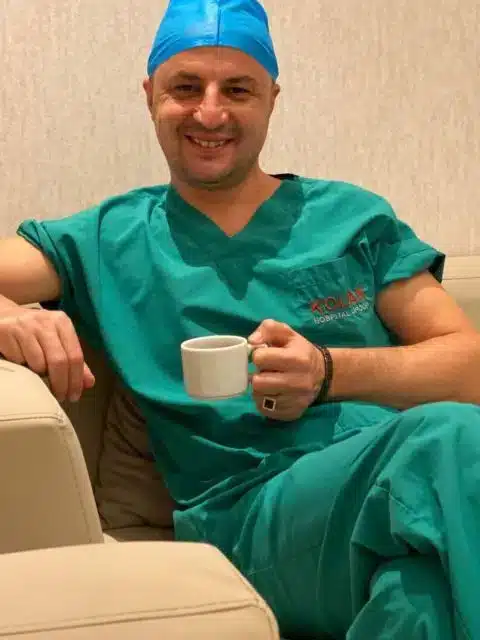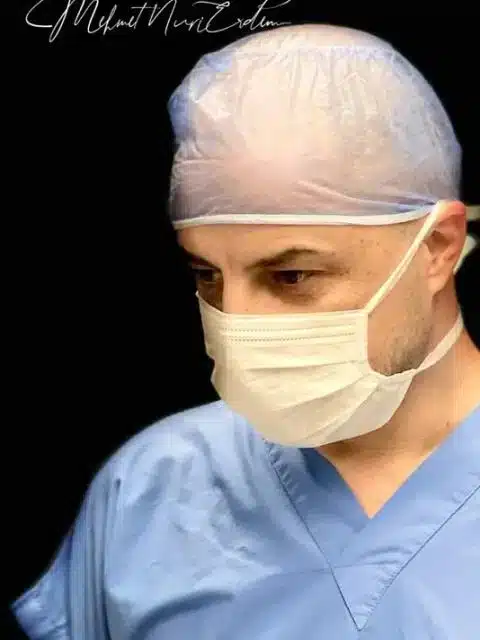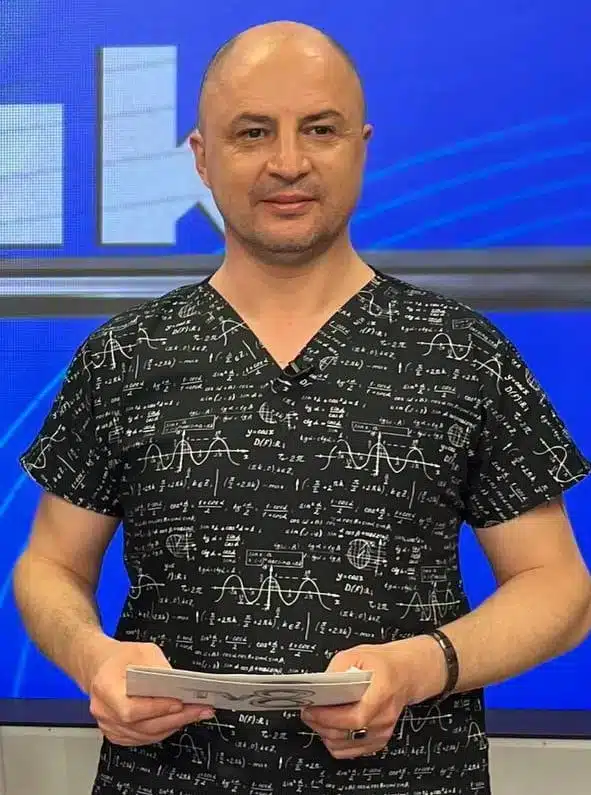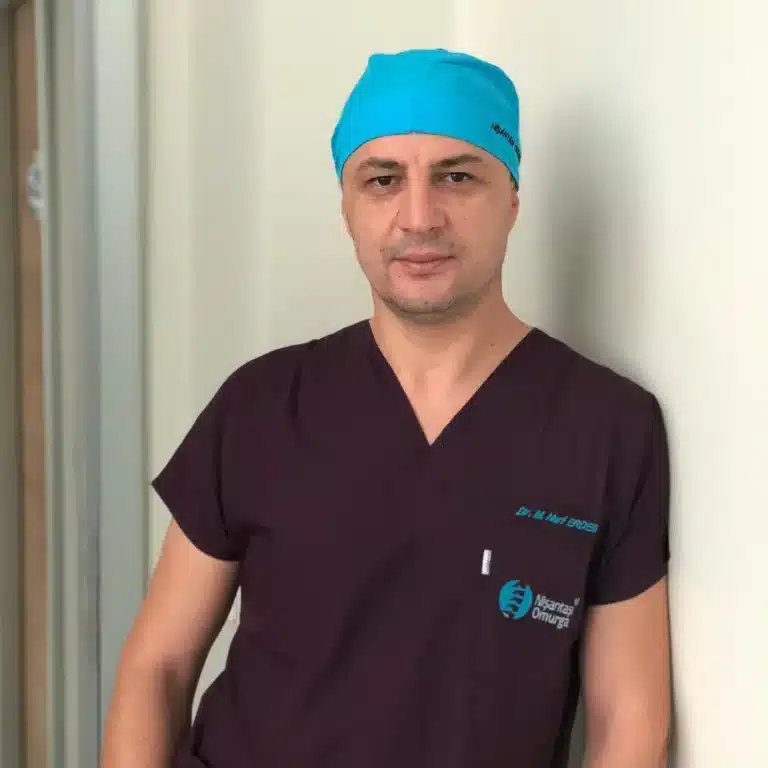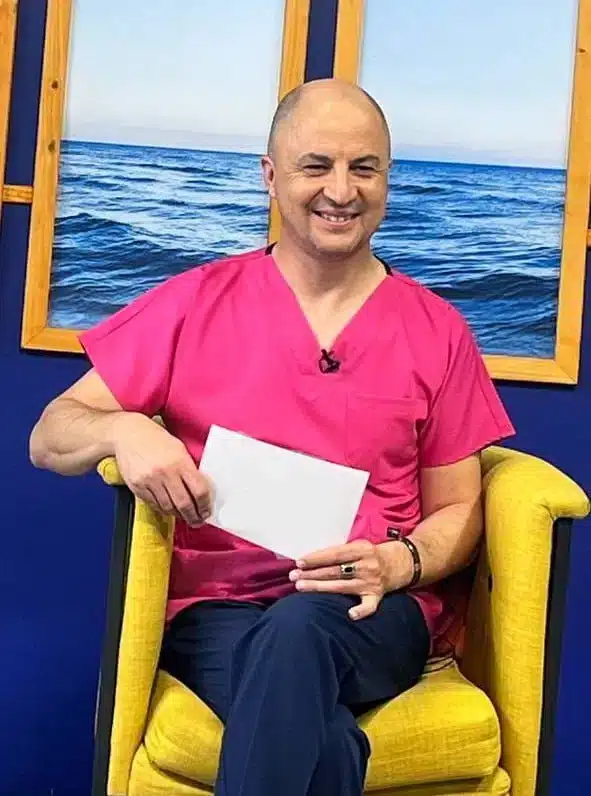Sports injuries include problems that cause changes in the level and dose of sports activity, lead to the need for medical advice and treatment, have negative social and economic effects, and arise during participation in sports. In general, it can be said that it is the collective name of all kinds of damage that occurs during sports activities.
Sport is the common name of all body movements that are performed by following certain rules and techniques, that help physical development, and also have the purpose of having fun and competing.
It is possible for the athletes to keep their condition and performance at a high level with regular training.
An ideal training should start with warm-up and stretching exercises, and end with cooling and stretching exercises after target-exercises performed.
According to the definition of the American National Sports Injury Registry, reportable injury is: “that prevents participation in sports at least the day after it occurs”.
Injury can also be defined as an incident that causes a player to miss at least one match or training.
Sports injury can occur as a result of a direct or indirect effect, or with the sudden interruption of dynamic movements. It can interfere with the ability to do sports for a short or long time. It can be completely harmless, as well as leave permanent scars.
Types of Sports Injuries
Sports injuries can be examined in two main groups as sports injuries and sports accidents.
When sports injuries are mentioned, changes in bones, joints and soft tissues can be understood as a result of the abnormal situation that occurs due to exceeding the tolerance limits in the tissue.
The disproportion between loading and loadability provokes sports damage. This disproportion causes damage with overloads of the movement organs or that have been previously damaged by normal loads or have reduced capacity for loading due to developmental disorders.
Sports accidents, on the other hand, are defined as an event that threatens health with a sudden, external force. It can cause physical and mental harm.
In fact, the loadability capacity of human tissues is large. For example, break stiffness is around 6-12 kg/cm2. In the Achilles tendon, this reaches up to 900 kg.
According to statistics, sports accidents occupy 10-15% of the total accidents. In studies conducted in different countries, the probability of injury within a year is around 1-2 per hundred athletes.
The frequency of accidents in schools is higher (4%).
Causes of Sports Injuries
Injuries in athletes generally have two causes:
- A single trauma
-It occurs as a result of various traumas such as falling, hitting, sprain, kicking.
- Repetitive microtraumas
-Microscopic injuries; their accumulation results in injuries called “overuse syndromes”
Pretreatment in sports injuries consists of 5 important methods.
These are; protecting the injured area, resting, applying cold, compression and holding the injured area up.
The second stage is the definitive treatment procedure. Depending on the need, the injury is healed surgically or medically.
The third stage includes the rehabilitation protocols to be implemeted so that the athlete can participate in the training again and maximize her/his performance.
Sports Surgery
Surgical treatment of sports injuries contains some differences compared to routine surgeries.
Especially in order to ensure professional athletes to return to training again, rehabilitation protocols should be determined before the surgery and this schedule should be followed.
In this process, it is vital for successful results that the orthopaedic physician and the physiotherapist act together and manage the treatment.
The most common sports injuries are related to the knee joint. Meniscal tears, anterior cruciate ligament ruptures and lateral ligament injuries are the most seen injuries of the knee joint. However, cartilage injuries and joint fractures can also be seen.
In the treatment of all these problems, arthroscopic method, that is, closed surgeries performed by entering through small holes without opening the joint are used. In this way, the repair process can be performed without damaging the existing tissues and physiotherapy can be started in a very short time after the operation.
Similarly, injuries related to the shoulder and ankle joint can also be treated with closed methods.
The goal here is to return the person to the state before the injury as soon as possible.
In order to achieve this, it is undispensable to identify the problem accurately, make the right planning and manage the post-operative rehabilitation process well.
